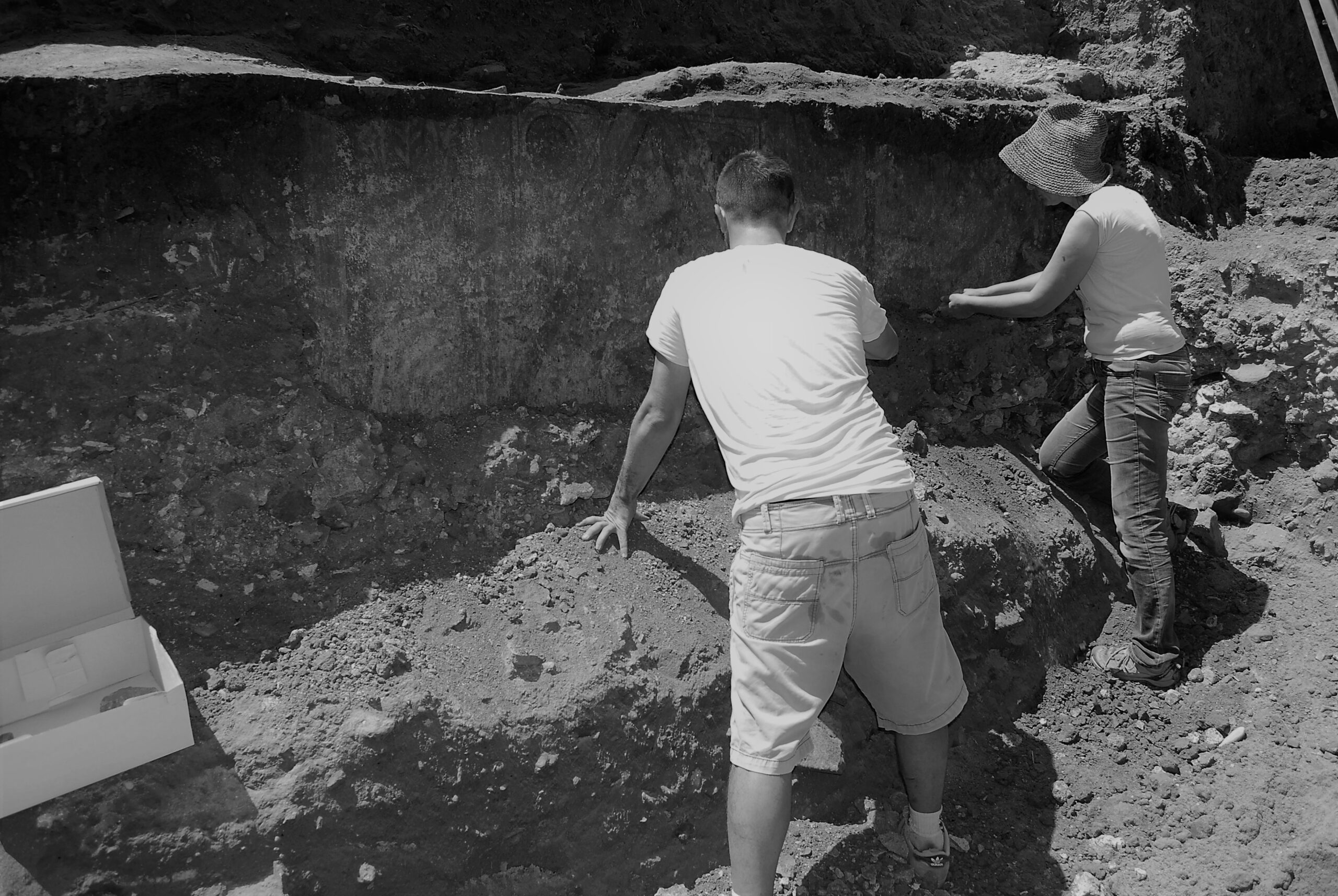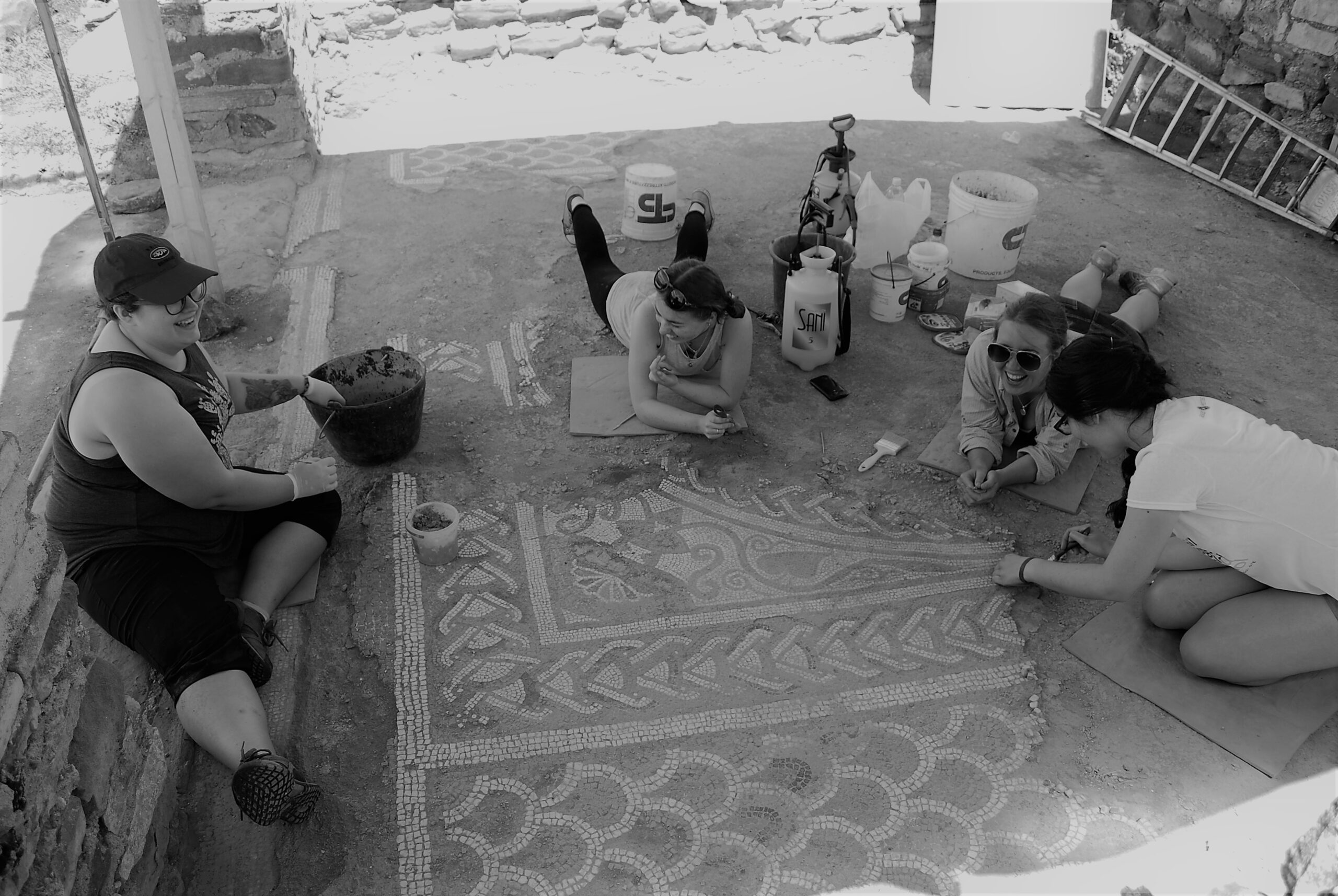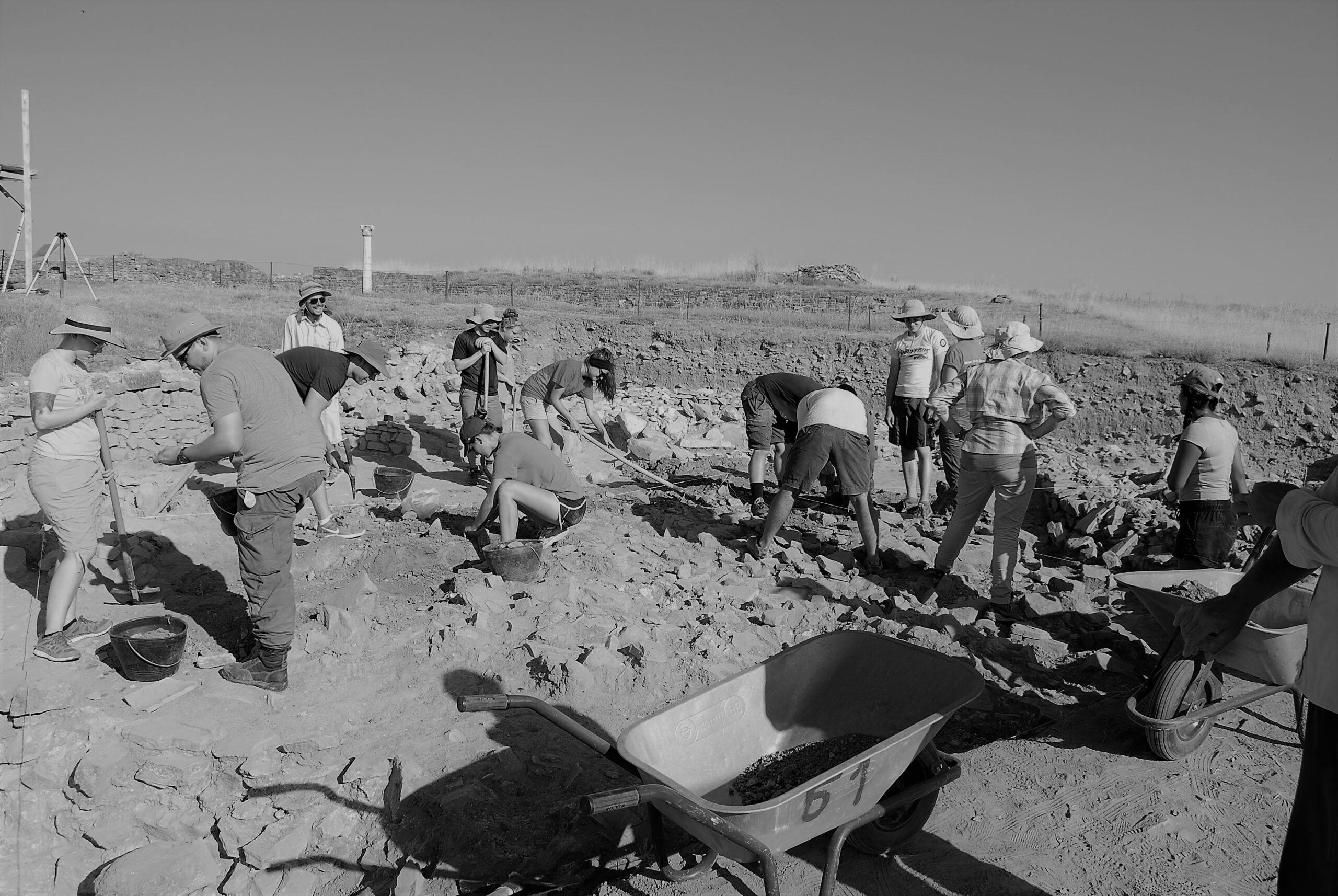Network Stories: Silvana Blazevska
Describe your organization and the unique work that it is doing. Who and what are affected by the work? How does/will the work impact people’s lives?
I am currently working at the National Institution Stobi (NI Stobi) as an archaeologist-senior curator. I graduated art history and archaeology at the Skopje University where I received my Phil and PhD in Classical Archaeology.
I was involved in the foundation of NI Stobi and I held the position of director between 2008 and 2017. This unique institution is responsible for management of the archaeological site Stobi, the best preserved ancient city from Roman and Late Antique periods in the R. of North Macedonia. The institution was created in 2008 by a governmental decision as an in depended institution under the Ministry of Culture with the main goal to provide overall research, protection, monitoring, proper preservation and presentation of the site of Stobi. NI Stobi has three departments: museum, conservation and administrative department with more than 30 permanently employed people with various fields of expertise.
The creation of NI Stobi was of crucial importance for development of the site in many aspects. For the first time in 100 years of explorations of Stobi, the activities regarding excavations, conservation, maintenance and presentation of the site were well planned and focused on the main goal: to provide the best protection and opportunities for sustainable development. During the process, we faced, and we are still facing many challenges: neglected site, limited human resources and especially experts for conservation, limited funds and rigid legislative regarding cultural heritage protection.
The creation of NI Stobi affected in positive way not just the site, but also people involved in various projects. Many young archaeologists and students of archaeology, art history, architecture and arts received training in field work during many excavations and conservation projects. Many of them continue to develop their skills and careers at Stobi or in other institutions. In the last 10 years Stobi became worldwide recognized site where students are offered basic practice in archaeological field work, including advanced methods in documentation and conservation of mosaic and ceramic finds, through summer schools and workshops organized in cooperation with Balkan Heritage Foundation from Bulgaria, various universities in the USA and Canada and Institute for Field Research.
NI Stobi and the projects affected the local communities in the vicinity. Each year many people are engaged on the projects, maintenance and presentation of the site. Local economy benefited from our work, especially surrounding municipalities, due to improved presentation of the site, which attracts more tourists in the region each year.
Tell us about a project that has benefited from the training you received from us? Why was the project important? Was there anything unusual or surprising about the execution of this project?
In cooperation with Balkan Heritage Foundation, NI Stobi received funds from J.M. Kaplan Foundation for creation of the Master Conservation Plan for the site. The plan aims to determine the general problems and risks that affect the site, priorities for intervention, and to propose the best strategy and conservation practice. The plan also includes strategy for fundraising and presentation in order to create favorable conditions for sustainable development. For that purpose, in February 2019, I attended the workshop organized by Heritage Management Organization: “Successful Fundraising for Heritage Managers: Strategies and Best Practices”. Both lecturers, Linda Hartley and Vivien Hoexter did excellent job in transmitting their knowledge in three days, to a group of people with diverse professional background and interest. On the other hand, it was an excellent opportunity to meet people and share knowledge and experience. I already had certain knowledge due to my previous training at the International Visitor Leadership Program for the Cultural Heritage Preservation organized by the USA State Department in 2012. Besides various issues, practice and policies for preservation of the cultural heritage, fundraising strategies and opportunities in the USA on various levels were also included in the program. The training in your organization supplemented and extended my previous knowledge on this topic.
The Master Conservation Plan is would be the first document of this kind created for archaeological site in our country, and I hope it will be applicable for other sites as well.
Has your organization worked on any other projects that are innovative, globally significant and can be replicated in a local market?
Our everyday work dedicated on protection of Stobi’s cultural heritage is globally significant. Actually, the model of National Institution Stobi was new and innovative, maybe not globally, but for sure within the country. The concept can be replicated on other world heritage sites of exceptional value in the region, especially where the established state system and network of institutions for heritage protection cannot provide overall protection, everyday monitoring and presentation due to great number of monuments under their jurisdiction. The established system at the NI Stobi, allows well organized and planned activities to avoid major problems in heritage protection such as discontinuity in the excavations and preservation, maintenance, proper presentation etc.
This model proved to be the best solution to address various problems regarding heritage protection and promotion and especially raising awareness for the importance of heritage and its preservation. The history and the heritage represent the main core of every modern society and it is important to use our best knowledge and resources to preserve it for future generations. We are focused on achieving this through our activities: guides who are telling the story of the ancient city of Stobi to the visitors, especially school children, through promotions of our projects on various media, through international field schools and workshops, through scientific conferences etc. The unique model of NI Stobi is already recognized in the region for its results and there is a noticeable difference at the site. In 2012 the site was on the World Monument Watch List and we use the opportunity to organize various activities to promote the importance for the heritage protection among the youngest population by their direct involvement in the workshop for making mosaics and paintings inspired by Stobi. Through game and fun, they learned why Stobi is important place. More events of this kind are the best for promoting the values of our cultural heritage.
What are the global issues that your project addresses (e.g., fighting climate change, preserving heritage and culture, promoting local participation)?
NI Stobi is trying to extend its activities on globally relevant issues. Few years ago we participated in the evaluation project regarding the impact of the climate change on the cultural heritage as one of the case studies. We manage to turn the attention of the responsible entities in the country. Daily monitoring and records of the changes on the Stobi’s heritage are important for determination of the risk factors and subsequently the action plan for prevention. Many of the determined risks: flooding of the river Crna, air pollution, and various problems induced by climate changes etc., should be supplemented by scientifically based analysis, which is our further focus of interest. Due to limited resources we should seek for partnership with experienced foreign institutions.



